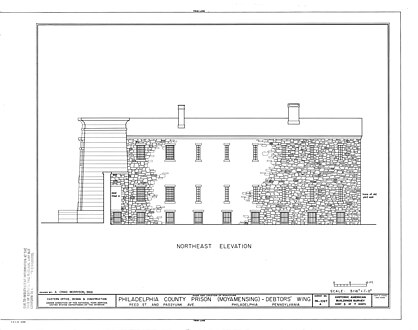Hatching
Hatching(French:hachure) is anartistic techniqueused to createtonalorshadingeffects bydrawing(or painting or scribing) closely spacedparallel lines.When lines are placed at an angle to one another, it is calledcross-hatching.Hatching is also sometimes used to encode colours inmonochromaticrepresentations of colour images, particularlyin heraldry.
Hatching is especially important in essentially linear media, such asdrawing,and many forms ofprintmaking,such asengraving,etchingandwoodcut.InWestern art,hatching originated in theMiddle Ages,and developed further into cross-hatching, especially in theold master printsof the fifteenth century.Master ESandMartin Schongauerin engraving andErhard ReuwichandMichael Wolgemutin woodcut were pioneers of both techniques, andAlbrecht Dürerin particular perfected the technique of crosshatching in both media.
Artists use the technique, varying the length, angle, closeness and other qualities of the lines, most commonly in drawing, linear painting and engraving.
Technique
[edit]The main concept is that the quantity, thickness and spacing of the lines will affect the brightness of the overall image and emphasize forms creating the illusion ofvolume.Hatching lines should always follow (i.e. wrap around) the form. By increasing quantity, thickness and closeness, a darker area will result.
An area of shading next to another area which has lines going in another direction is often used to createcontrast.
Line work can be used to represent colors, typically by using the same type of hatch to represent particulartones.For example, red might be made up of lightly spaced lines, whereas green could be made of two layers ofperpendiculardense lines, resulting in a realistic image.
Crosshatching is the technique of using line to shade and create value.
Variations
[edit]- Linear hatching
- Hatching in parallel lines. Normally the lines follow the direction of the described plane.[1]
- Crosshatching
- Layers of hatching applied at different angles to create different textures and darker tones. At its simplest, a layer of linear hatching is laid over another layer at a 90° angle, to which further diagonal layers may be added. Other methods include layering arbitrary intersecting patches.[1]Crosshatching in which layers intersect at slight angles can create a rippledmoiréeffect.[2]
- Contoured hatching
- Hatching using curved lines to describe light and form of contours.[2]
Representation of materials
[edit]Intechnical drawing,thesection lining[3]may indicate the material of a component part of an assembly. Many hatching patterns have been standardized by theAmerican National Standards Institute(ANSI) and theInternational Standards Organization(ISO), though there are many other predefined patterns that may be used. Thus, the hatching pattern of steel varies from that of aluminum, copper, etc. The patterns are not only for metals. Patterns for grass, gravel, brick, and others are frequently found on architectural drawings.
-
Cross sectionof a cam follower stud. Notice the double lines for thesteelpattern of the "outer race" component. Also, the commonly used pattern of diagonal lines and variations of it are shown.
-
A drawing from the 1960s. Partial hatching on the stone facade is used for clarity.
See also
[edit]References
[edit]- ^abSouth 2009,p. 132.
- ^abSouth 2009,p. 133.
- ^American National Standard for Section Lining ANSI Y14.2M-1979 (R1987)
Works cited
[edit]South, Helen (2009).The Everything Drawing Book.Everything Books.ISBN978-1-60550-446-9.




